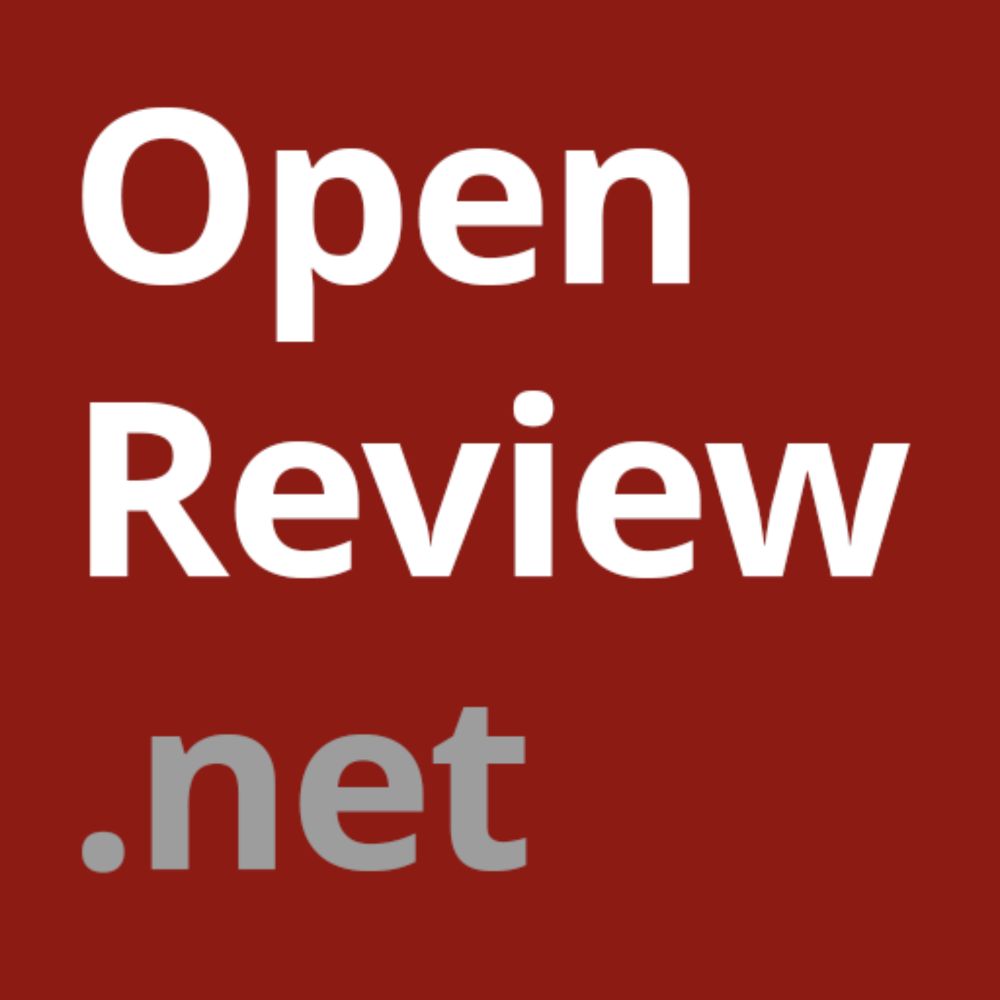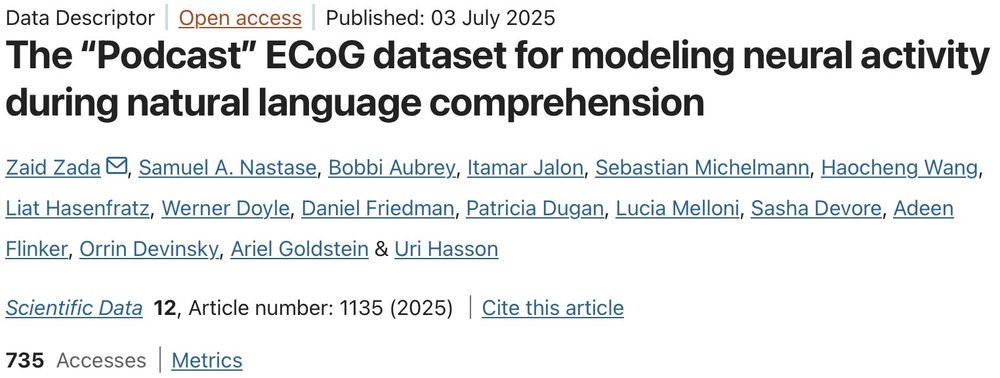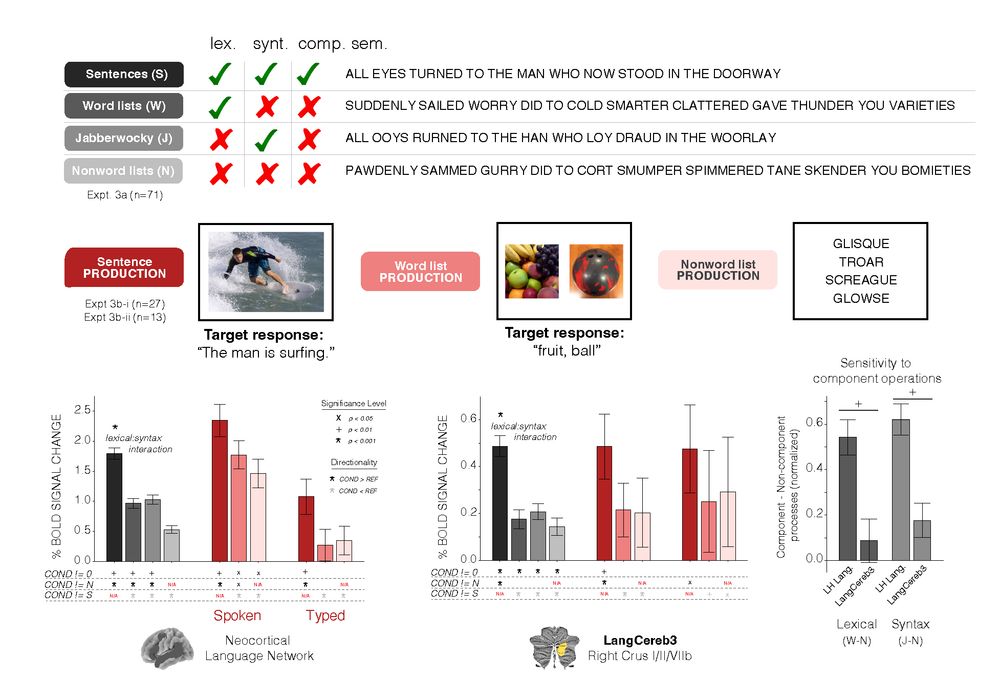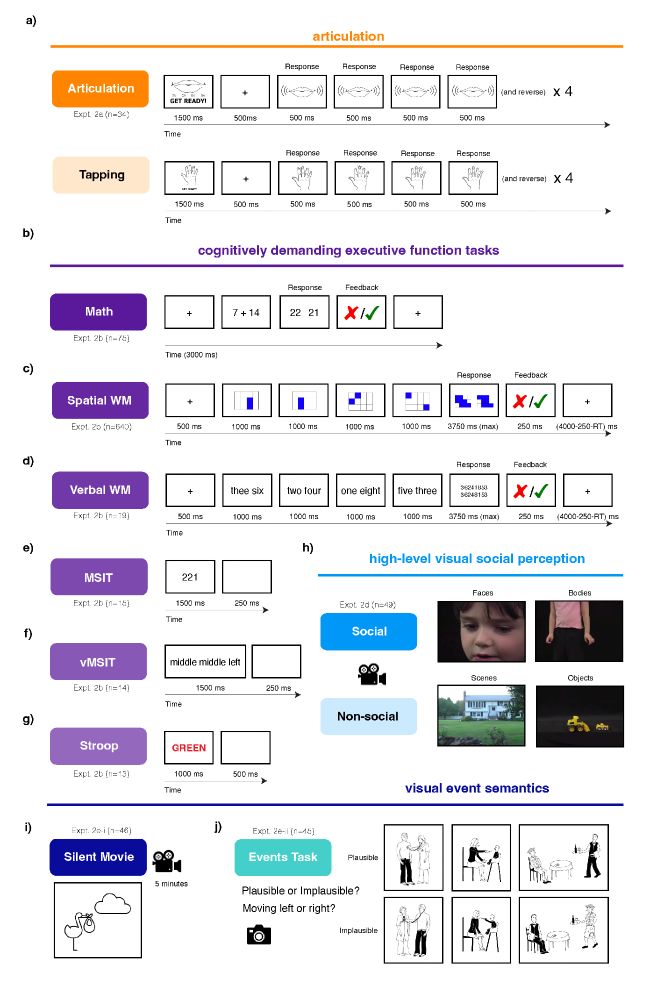Colton Casto
@coltoncasto.bsky.social
110 followers
190 following
13 posts
PhD student at Harvard/MIT working with @evfedorenko.bsky.social @nancykanwisher.bsky.social | interested in neuroscience, language, AI | @kempnerinstitute.bsky.social @mitbcs.bsky.social | coltoncasto.github.io
Posts
Media
Videos
Starter Packs
Pinned
Colton Casto
@coltoncasto.bsky.social
· Apr 21

The cerebellar components of the human language network
The cerebellum's capacity for neural computation is arguably unmatched. Yet despite evidence of cerebellar contributions to cognition, including language, its precise role remains debated. Here, we sy...
www.biorxiv.org
Reposted by Colton Casto
Alexander Huth
@alexanderhuth.bsky.social
· Aug 18
Reposted by Colton Casto
Reposted by Colton Casto
Reposted by Colton Casto
Reposted by Colton Casto
ammar i marvi
@aimarvi.bsky.social
· Apr 22

Sparse components distinguish visual pathways & their alignment to...
The ventral, dorsal, and lateral streams in high-level human visual cortex are implicated in distinct functional processes. Yet, deep neural networks (DNNs) trained on a single task model the...
openreview.net
Reposted by Colton Casto
Simon Fisher
@profsimonfisher.bsky.social
· Apr 21
Colton Casto
@coltoncasto.bsky.social
· Apr 21

The cerebellar components of the human language network
The cerebellum's capacity for neural computation is arguably unmatched. Yet despite evidence of cerebellar contributions to cognition, including language, its precise role remains debated. Here, we sy...
www.biorxiv.org
Colton Casto
@coltoncasto.bsky.social
· Apr 21
Colton Casto
@coltoncasto.bsky.social
· Apr 21
Colton Casto
@coltoncasto.bsky.social
· Apr 21
Colton Casto
@coltoncasto.bsky.social
· Apr 21
Colton Casto
@coltoncasto.bsky.social
· Apr 21
Colton Casto
@coltoncasto.bsky.social
· Apr 21

The cerebellar components of the human language network
The cerebellum's capacity for neural computation is arguably unmatched. Yet despite evidence of cerebellar contributions to cognition, including language, its precise role remains debated. Here, we sy...
www.biorxiv.org
Reposted by Colton Casto
Agata Wolna
@awolna.bsky.social
· Apr 3

The extended language network: Language selective brain areas whose contributions to language remain to be discovered
Although language neuroscience has largely focused on core left frontal and temporal brain areas and their right-hemisphere homotopes, numerous other areas - cortical, subcortical, and cerebellar - ha...
biorxiv.org









